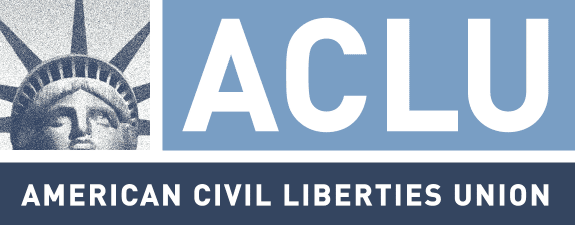Bernard Bilski developed a method for managing risk in the commodity market, like the energy market where prices may skyrocket during a severe winter. Bilski’s idea was to introduce a third-party intermediary into the transaction who would purchase the commodity (e.g., coal) from the seller (e.g., coal mining company) at some fixed price, based on a historical average, and sell it to the buyer (e.g., power plant) at another fixed price. Since the buyer and seller’s prices are fixed, they are both protected from sudden price fluctuations and are not vulnerable to the risk inherent in the market. Bilski filed an application for a patent for his method, describing it in such vague terms that it could be applied to almost any transaction.
The U.S. Patent and Trademark Office (PTO) denied Bilski’s application because, according to the patent examiner, the method that Bilski developed was “not implemented on a specific apparatus and merely manipulates an abstract idea . . . without any limitation to a practical application” and therefore was not something that could be patented. The PTO’s appeal board and the U.S. Court of Appeals disagreed as to the proper test to determine what was patentable but agreed that Bilski’s method was not something that was eligible to be patented. The case now lies before the U.S. Supreme Court, whose decision may help clarify U.S. patent law and give guidance to the PTO and the lower courts.
The patent law statute allows an inventor an exclusive monopoly right for “any new and useful process, machine, manufacture, or composition of matter” (subject to some additional conditions). Determining what those categories encompass is a matter of interpretation left to the PTO and the courts. A business method, such as Bilski’s, is clearly not a “machine, manufacture, or composition of matter” and so must fall within the meaning of “process” in order to be eligible for a patent.
The U.S. Supreme Court had previously limited the broad meaning of “process” by excluding the laws of nature, natural phenomena, and abstract ideas from patent protection, stating that they are the “basic tools of scientific and technological work” and are “free to all men.” In upholding the decision against Bilski, the U.S. Court of Appeals recognized the meaning of “process” was limited and applied the “machine or transformation” test, used in an earlier U.S. Supreme Court decision, to determine whether a particular process is eligible to be patented. Under the “machine or transformation” test a process must either be tied to a particular machine or must “transform a particular article into a different state or thing.” The U.S. Court of Appeals held that Bilski’s method did not satisfy the first branch of the test because it was not limited to a specific machine (or even a machine at all) and it failed on the second branch of the test because transformations of “public or private legal obligations or relationships, business risks, or other such abstractions . . . are not physical objects or substances, and they are not representative of physical objects or substances.” The U.S. Court of Appeals insisted that processes must have some physical connection in order to be eligible for a patent.
During oral arguments to the U.S. Supreme Court, the Supreme Court Justices were not overly receptive to the idea of patenting intangible business methods either. Chief Justice Roberts compared Bilski’s method of hedging risk with a method for maximizing wealth where one buys low and sells high, and suggested that that would be patentable if Bilski’s method was. Justice Breyer asked whether his method of teaching antitrust law would be patentable, claiming “it kept 80 percent of the students awake” and “they learned things.”
The decision by the U.S. Supreme Court could have far reaching consequences apart from business methods because software also falls within the “process” category and would be subject to the same test.
Consider IBM’s patent on changing the color in an email message based upon the email’s destination and the cultural perspective of that region (U.S. 7,529,804). This patent gives IBM the exclusive right to change lettering appearing red, for instance, in an email originating from the U.S. to a different color when the email is destined to China, because whereas red might signal a warning in the U.S. it is considered good luck in China and might not impart the same level of importance.
Note that the issue is not with someone copying IBM’s source code and using it (that would be protected under copyright law). The issue is with preventing others from using the same idea that they might have developed on their own. This is because patent law allows the patent holder to prevent others from making, selling, using, or importing the patented invention even if the other person independently came up with the invention. This is especially relevant in the realm of software development where a multitude of simple processes have been patented. Any software developer could invest considerable amounts of time and money on a project only to inadvertently infringe upon one of the 200,000 software patents and have the project grind to a halt.
Even with a clearer test for patent eligibility the issue of software patents may not be resolved. A glimpse of what is yet to come may be found in the Amicus Briefs filed by Microsoft and Redhat. While both companies argue for a test where patents are tied to something physical, Redhat argues that such a test would exclude software whereas Microsoft argues that loading software on a computer changes the physical structure of the hard drive and would be sufficient to meet the requirements of the test.
Stay tuned.







